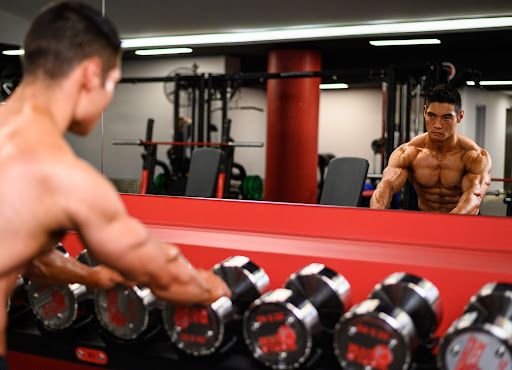

How to Compete in The Men’s Physique Division
By William J. “The OG” Long
Adonis, the Greek god of beauty and desire, is said to have been so attractive that even the goddess of love, Aphrodite, could not resist and fell head over heels for him. That used to be what bodybuilding was all about. It was to achieve the most aesthetic, most desirable physique with large muscles, tiny waists, and perfect symmetry and proportions. Bodybuilders like Steeve Reeves, Arnold Schwarzenegger, Frank Zane, and Surge Nubret were those known to have achieved a body that most men admire. They were a part of what many refer to as the “Golden Era” of bodybuilding which was roughly between the 1950s through the 1980s.
Unfortunately, bodybuilding today has evolved into something else entirely. What we have today are what many call “Mass Monsters”. Overdeveloped muscles with extreme conditioning, blocky waists, and distended stomachs are the norm in today’s bodybuilding world. It has become too extreme. So much so that the vast majority of people were turned off by it and there has been a considerable decline in the bodybuilding fanbase. The bodies being presented are no longer desirable. Something needed to change or the sport of bodybuilding was going to be made a thing of the past. Enter Men’s Physique.
Men’s Physique is a relatively new division in the world of competitive bodybuilding that was introduced to breathe life back into the sport. Since its inception, the popularity of Men’s Physique has exploded, highlighting the aesthetic hole left between the “Golden Era” physiques and today’s “Mass Monsters.” But what is Men’s Physique exactly? In this article, we will go over the history of the division, the criteria, what the judges are looking for, and how it differs from traditional bodybuilding.
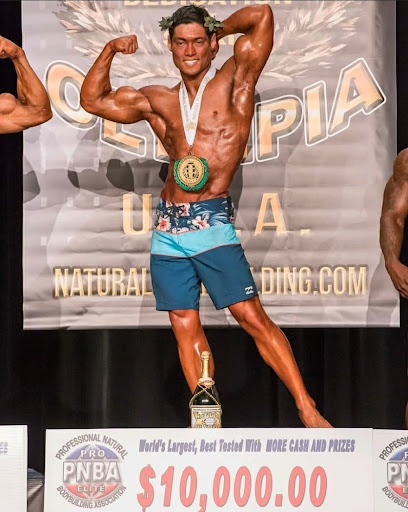
History
The Men’s Physique division was introduced in late 2011 and was officially adopted as a new category in 2012. Once introduced, it had immediate popularity. Athletes that did not have the physique or the desire to compete in bodybuilding, but still wanted to compete, found their outlet in the new division. Each show drew more and more competitors. The category’s growth was so rapid that Men’s Physique was introduced as a professional category at the PNBA/INBA Natural Olympia within the same year of its inception. In 2013 the IFBB/NPC debuted the division at the IFBB Olympia. Soon after, other organizations followed suit. In its short history, the Men’s Physique division has established itself as one of the most popular divisions and it continues to grow.
Criteria
Symmetry, muscularity, definition, conditioning, and stage presence are all being judged in both bodybuilding and physique. The difference mainly comes down to the levels. In bodybuilding, judges are looking for extreme muscularity and conditioning. In physique, judges are still looking for a well-muscled and conditioned body, but not to the levels of bodybuilding standards. Men’s Physique competitors are said to have a more “attainable” look.
One other major difference in criteria is the attire. Bodybuilders are being judged from head to toe which requires them to wear posing trunks which are worn solely to cover the genitalia. On the other hand, Men’s Physique competitors wear board shorts as they will not be judged on their lower extremities. Only the upper body is to be judged. Boardshorts must be of the appropriate length which is just above the knee, no higher than 1½”.
Shorts should not have an elastic waistband, side pockets, or large logos displayed. Small, unobtrusive branding is acceptable. Mandatory poses are different as well. Most organizations will only require the competitors to perform two mandatory poses for comparison: a front and back pose. What is unique in the PNBA/INBA is that competitors perform mandatory bodybuilding poses, with the exception of front and back lat spread and most muscular poses. This allows for a more in-depth comparison. The competitor with the most complete package wins.
Training
Training for Men’s Physique should not be much different from training for Bodybuilding. Physique competitors are essentially bodybuilders in a scaled-down package. The goal is still to develop a symmetrical, muscular, and well-proportioned physique. What will separate a Physique competitor from a Bodybuilder will ultimately come down to their genetics. For instance, one person may be structurally thicker all around and naturally able to put on more mass, making them better suited for bodybuilding. Others may have a smaller frame and have a more difficult time putting on muscle, making them a better fit for Physique. Referring back to the criteria, Physique competitors do not want to be overly muscular and can be marked down for having too much muscle mass. They also want to develop and maintain an aesthetic look which would mean maintaining a small waist.
So, whereas a Bodybuilder may benefit from emphasizing heavy compound lifts, like barbell squats and deadlifts, and having longer rest periods in order to develop thick dense muscle all around, a Physique competitor may benefit more by focusing on isolation exercises with shorter rests between sets so that the waist does not thicken and calorie burn is maximized. One other factor to consider is that Physique competitors are not judged on their legs. This may influence some competitors to neglect leg training but that is ill-advised. There are numerous benefits to training legs, one being a positive impact on the development of the upper body. Besides, Physique competitors already have a bad reputation for having “chicken legs.”
Diet
As with training, the diet of a Physique competitor does not differ much from that of a Bodybuilder. The diet needs to be carefully controlled and precise. Everything should be weighed and measured with calories tracked. Protein should be emphasized in order to build and maintain lean muscle, healthy fats added to promote healthy hormone production and energy, and carbohydrates to fuel training. The only difference may come down to overall quantity. Bodybuilders are trying to pack on as much muscle mass as possible so the quantity of food may be a lot greater than that of a Physique competitor.
It is not uncommon for a bodybuilder to put on well over 20 pounds in the “offseason” in order to maximize growth. With that much weight gain comes considerably more fat accumulation. Physique competitors will benefit from being relatively lean year-round, staying within 10-15 pounds of their competition stage weight. When it comes time for contest prep you want to allow time for a more gradual rate of weight loss in order to preserve as much lean muscle as possible. A standard prep is typically anywhere between 12-20 weeks, dependent on how lean the individual is at the start.
Supplementation all depends on the overall diet. Supplements are mainly used to cover nutritional gaps. They are especially beneficial during a cutting phase when food is limited. During a growth phase, supplements may be less necessary as the amount of food should be more than enough to provide everything the body requires. With any supplement, one should always know the ingredients and ensure that they are approved for use by the federation one is competing in. The PNBA/INBA, for example, tests for any banned substance under the WADA (World Anti-Doping Agency) list of banned substances both in and out of competition. There are many diet protocols. One isn’t necessarily better than the other. Ultimately, the best diet is the one you can best adhere to.
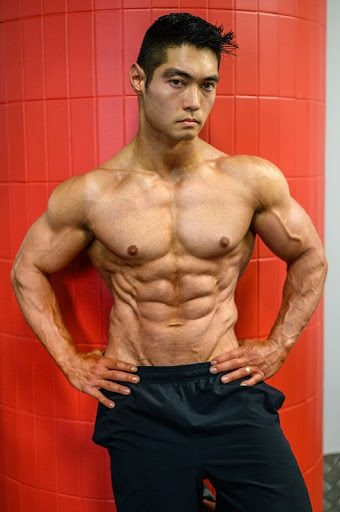
Advice
Now that you have a general sense of what the Men’s Physique division is all about, here is some advice in order to be a successful competitor. First, do not overly complicate the process. Your training and diet should be relatively consistent year-round with the only variables being overall training volume and calorie manipulation. Second, practice, practice, practice your posing. Shows can be won or lost by your presentation. You may have the best physique on stage, but if you do not know how to present it well, you may find yourself placing lower than you could have been. Third, do not be afraid to ask for help. There are many resources available to help you in your endeavor.
One thing that may help you is communicating with more experienced competitors. More often than not a competitor is more than willing to lend their expertise. Also, if you are new to the sport, it is highly encouraged to hire an experienced and well reputable coach. Trust your coach and be open-minded. Have the mindset that you do not know better than them. Listen to them and absorb as much knowledge as possible. Lastly, be patient. No one became champion overnight. This sport takes years of hard work and dedication. Do not take the value of having experience for granted.
You will not get everything right at the start. Your diet and training strategy will develop over time. You may experience what once worked well before may not be best later down the road. Do not be discouraged if you fail. Learn from your mistakes and continue to improve. If you do all this, put in the work, and dedicate the time, you may one day find yourself standing on top of that center podium on one of the most prestigious stages in the world, like the PNBA/INBA Natural Olympia.
The 5 Ps of Success–
Proper Preparation Prevents Poor Performance
“Discipline is doing what you hate to do but nonetheless doing it like you love it.”-Mike Tyson
William J. Long “The OG”
ACE Certified Personal Trainer
2019 PNBA/INBA Hall of Fame Inductee
2012, 2017 Natural Olympia Professional Men’s Physique Champion
2019 PNBA World Cup Champion
2019 PNBA Battle Against Cancer Champion
2016 PNBA Team USA Champion






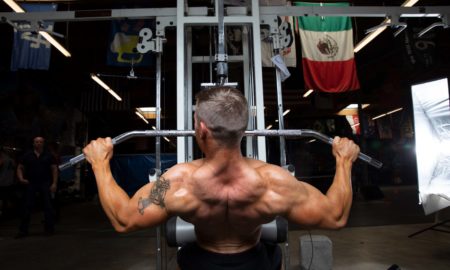
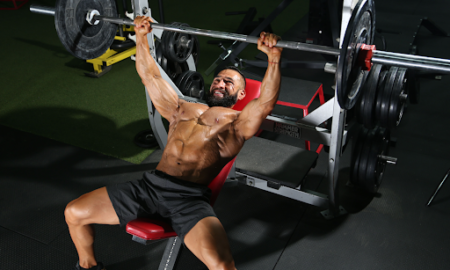






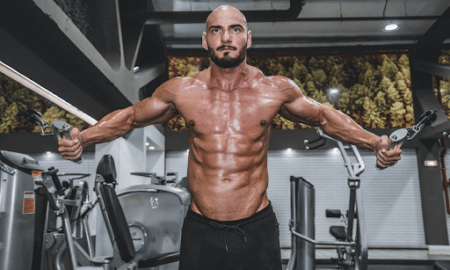


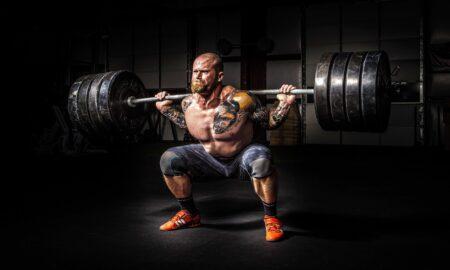
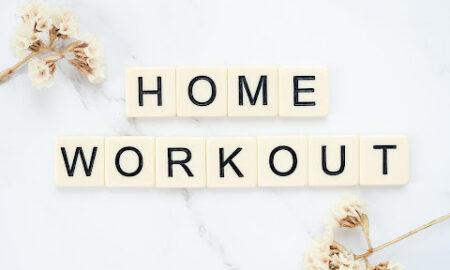



You must be logged in to post a comment Login